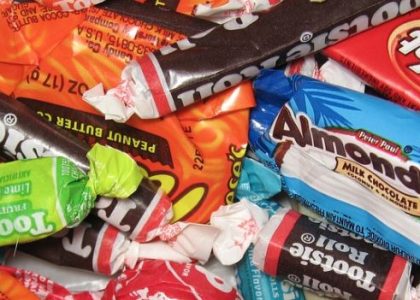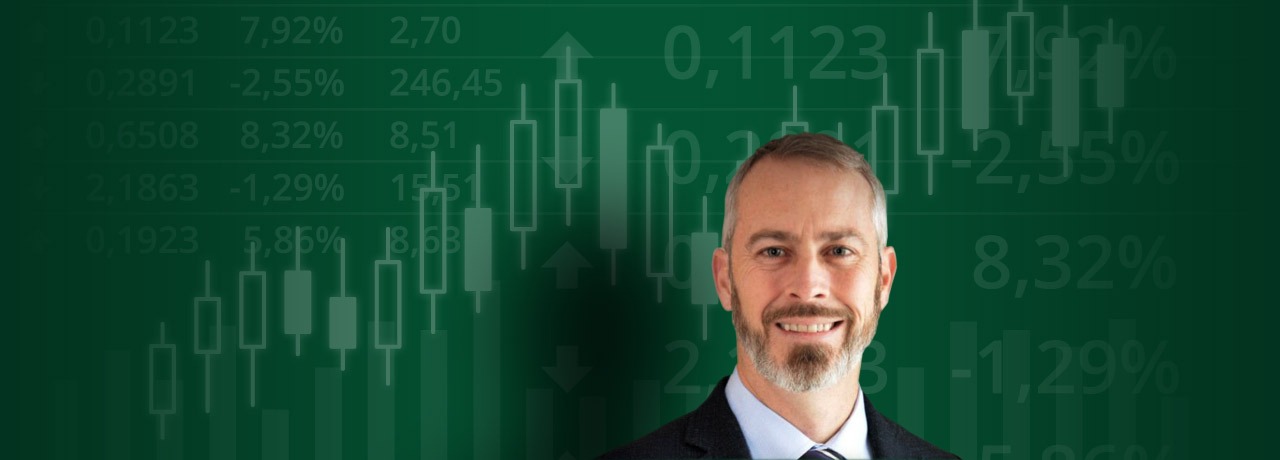The coffee market has always been one of the speculative stars of the futures' markets. This is due to the large contract size of 37,500 pounds and this market's typical volatility. Even at the currently depressed prices and low volatility, the average range is still more than $1,300 per contract, per day. This market is famous for its fast, giant swings and the associated sums of money made or lost. Fortunately, the recent decline in coffee's volatility comes at a time when commercial long hedgers, the coffee roasters, are laying in stores for future production. Their buying serves as a proxy for fundamental data and valuations. While we can't afford to hold positions the way hedgers do, we can put the leverage of their hedges to work for our own speculative purposes.
Most markets fall into one of three general categories of inherent bias. The equity markets are fearful of falling. Therefore, bottoms are typically high volatility climactic events. The agricultural markets, on the other hand fear supply shortages and therefore, tend to peak in high volatility climactic events. Meanwhile, the currency markets typically show little bias one way or the other. The coffee futures market's recent period of low volatility along with commercial long hedger buying has created a buying opportunity.
The trigger for this is the short-term momentum indicator in the second pane of the chart below. As speculators, patience is the key when trading big ticket markets like coffee. As such, we have waited for the setup to fully define itself and the situation breaks down like this.

Commercial buying has surged to its highest levels since November of 2013. This makes sense as this was the lowest the market had traded since 2008. Furthermore, the recent low for this move made on September 11th occurred with a higher reading on our short-term momentum indicator. This is a classic bullish divergence and one of our favorite ways to combine Commitment of Traders' data with technical indicators. Therefore, we'll be buying the December coffee futures and place a protective sell stop at the 11th's low of $1.16 per pound. Ideally, the market would head higher forever once we've bought in however, a more realistic target may be near the $1.30-$1.35 area based on the primary trend still being lower.






